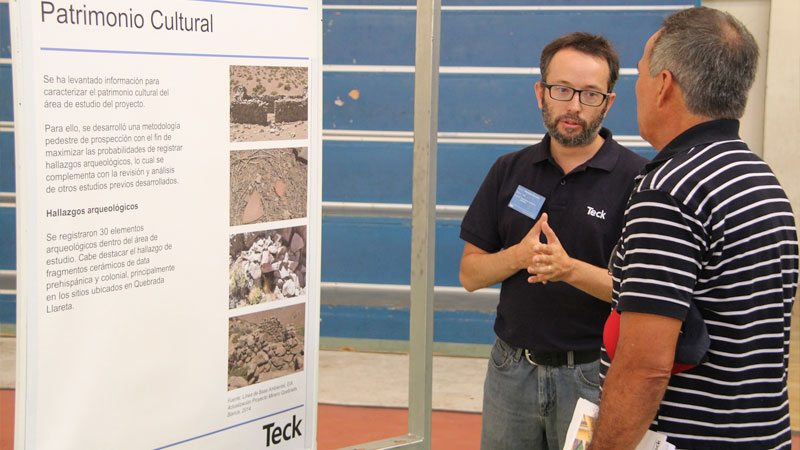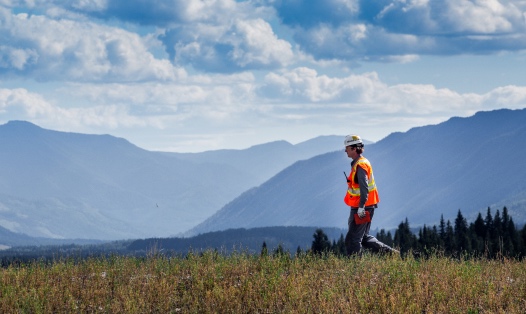At Teck, our vision for the community focus area of our sustainability strategy is to collaborate with communities so they genuinely benefit in a self-defined and sustainable manner from our activities and products.
That is why we invited community members and Indigenous groups near our Quebrada Blanca copper operation in Chile to participate in a program of community consultation before we submit the Social and Environmental Impact Assessment (SEIA) for Phase 1 of our operation to regulators. By receiving community feedback before the assessment is submitted, we are able to incorporate that feedback into our assessment and, in some cases, outline new measures to respond to concerns.
Approval of the SEIA will allow us to modernize our facilities and extend the life of mine at our existing Quebrada Blanca operation as we work towards transitioning to Quebrada Blanca Phase 2.
During community consultations in the spring of 2014, we hosted meetings in each related community near Quebrada Blanca, where we presented the baseline studies and scope of the SEIA to allow interested parties to ask questions and provide feedback, including any possible concerns.
Approximately 300 people participated in these sessions. Some of those involved in the engagement process included the communities and Indigenous groups of Copaquire, Tamentica, Colonia Pintados, Matilla, Quisma, Pica, Pozo Almonte, Alto Hospicio, and Huatacondo, and artisanal miners from Choja.
We benefited from the feedback provided by the communities and Indigenous groups nearby. Hearing from them directly allows us to better assess, and improve if necessary, the impact and mitigation plans for Quebrada Blanca Phase 1 – and they benefited from the opportunity to learn more about our operation and to have any questions answered.
By working together, we can ensure that Quebrada Blanca Phase 1 is mutually beneficial, for both Teck and the local community, while we ensure that voices are heard and the environment remains protected.

